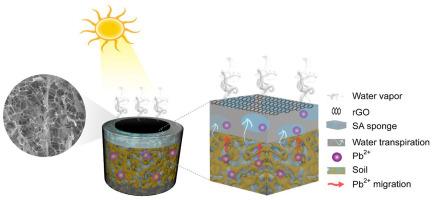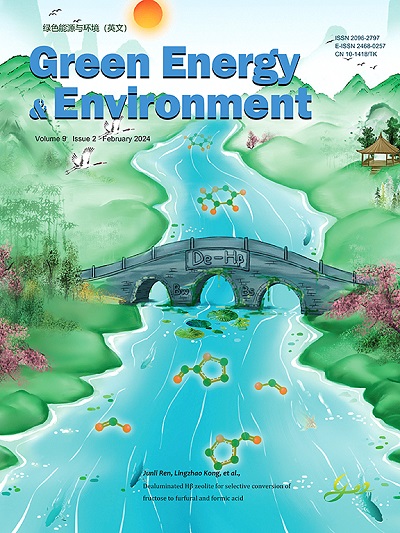Boosting extraction of Pb in contaminated soil via interfacial solar evaporation of multifunctional sponge
Abstract
Interfacial solar water evaporation is a reliable way to accelerate water evaporation and contaminant remediation. Embracing the recent advance in photothermal technology, a functional sponge was prepared by coating a sodium alginate (SA) impregnated sponge with a surface layer of reduced graphene oxide (rGO) to act as a photothermal conversion medium and then subsequently evaluated for its ability to enhance Pb extraction from contaminated soil driven by interfacial solar evaporation. The SA loaded sponge had a Pb adsorption capacity of 107.4 mg g−1. Coating the top surface of the SA sponge with rGO increased water evaporation performance to 1.81 kg m−2 h−1 in soil media under one sun illumination and with a wind velocity of 2 m s−1. Over 12 continuous days of indoor evaporation testing, the Pb extraction efficiency was increased by 22.0% under 1 sun illumination relative to that observed without illumination. Subsequently, Pb extraction was further improved by 48.9% under outdoor evaporation conditions compared to indoor conditions. Overall, this initial work shows the significant potential of interfacial solar evaporation technologies for Pb contaminated soil remediation, which should also be applicable to a variety of other environmental contaminants.


 求助内容:
求助内容: 应助结果提醒方式:
应助结果提醒方式:


